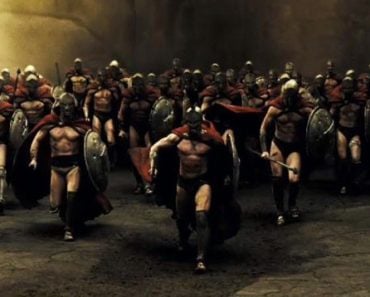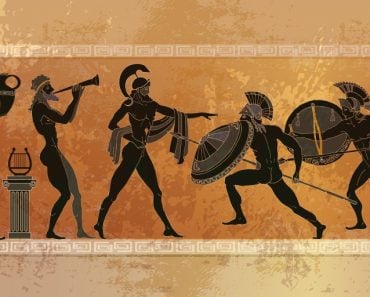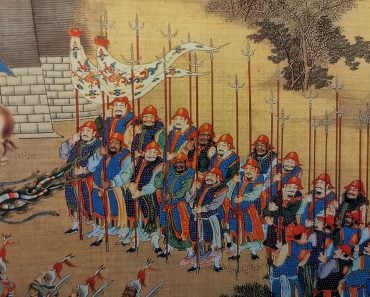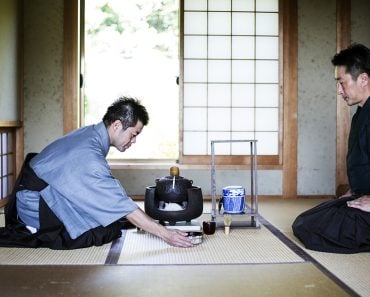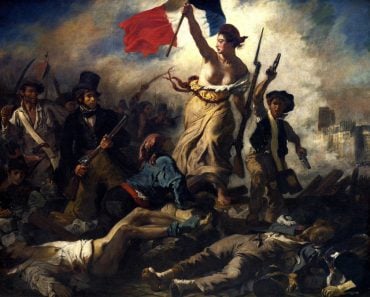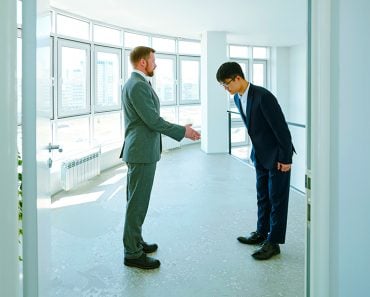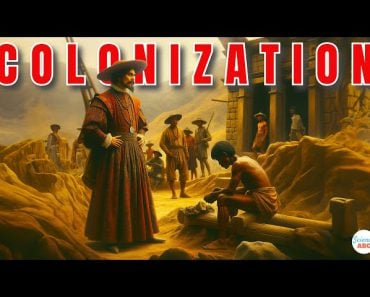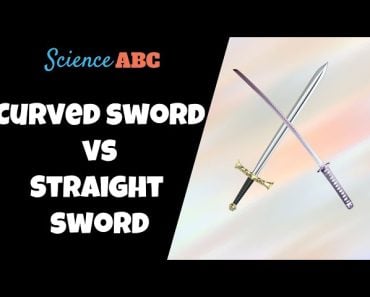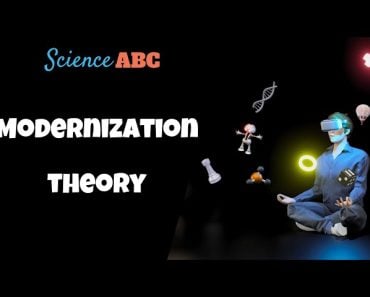The Meiji Restoration led to the replacing of the traditional values represented by and including the samurai with modern Western ideas.
Samurais have captured the imagination of the media and people across the world for a long time (the popularity of The Last Samurai and 47 Ronin, besides countless anime on the subject, is proof enough). Their depictions for modern audiences paint a picture of courage and strength that makes it hard to fathom why their place and power ever waned.
Recommended Video for you:
Who Were The Samurai?
The Samurai were a distinct military social class in feudal Japan who emerged in the 12th century and lasted until the late 19th century. The word “samurai” means “to serve”, referring originally to the professional warriors who served as bodyguards and shields for feudal lords, known as the daimyo.
The Samurai were trained in skills like swordsmanship (which is what makes them iconic), horsemanship, archery, and military tactics. Samurai emerged as one of the highest classes in Japanese society and enjoyed many privileges, such as exemption from taxes and the right to carry a sword in public.
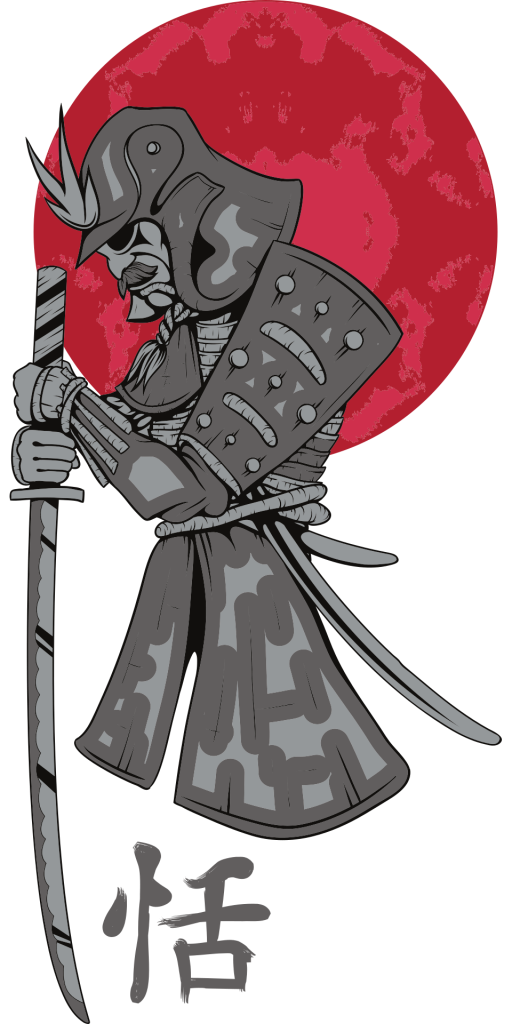
What Was The Meiji Restoration?
The Meiji Restoration was a period of political, social and economic reform in Japan that occurred in the late 19th century. It was heralded in 1868 by the overthrow of the Tokugawa shogunate, which had ruled Japan since 1603. The restoration of political power to the Emperor, who had been a figurehead under the shogunate, propelled the dramatic rearrangement of Japanese society at that time.
The Meiji Restoration led to the modernization of Japan’s economy and society. The government encouraged the development of industries and promoted the adoption of new technologies and education systems from the West.
The new government was headed by the Emperor and supported by a group of advisors known as the Meiji oligarchy, who were largely drawn from the former samurai class. The Meiji oligarchy allowed the weakening of the samurai class, as they believed it was necessary for Japan’s modernization and progress, and because they saw the samurai class as a potential obstacle to their own power and authority.
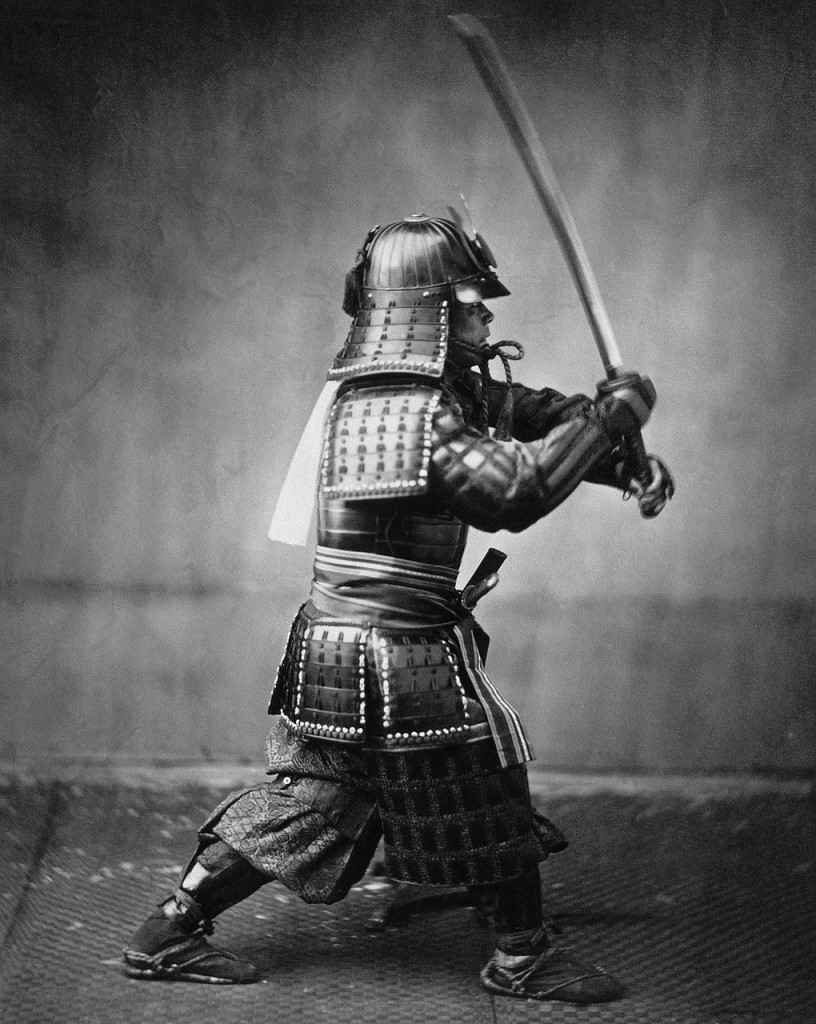
How Did It Impact The Samurai?
The Meiji Restoration brought an end to the political power and privileges of the Samurai, along with the end of the feudal system in Japan, in order to instate a more centralized government. As feudal domains that represented their power and authority dissolved, so did the power of the Samurai. Other symbols of the institution that was the Samurai were also hit by the Meiji policies, such as the abolishment of wearing swords in public.
Their distinctive place in society and status as the masters of traditional martial arts was also diminished when a conscripted army was created. The Samurai traditions and values were dealt the final blow by the opening of Japan to the rest of the world by the Meiji government, which led to the influx of new ideas, thought processes and cultural expressions that soon replaced the iconic lifestyle and image of the Samurai.
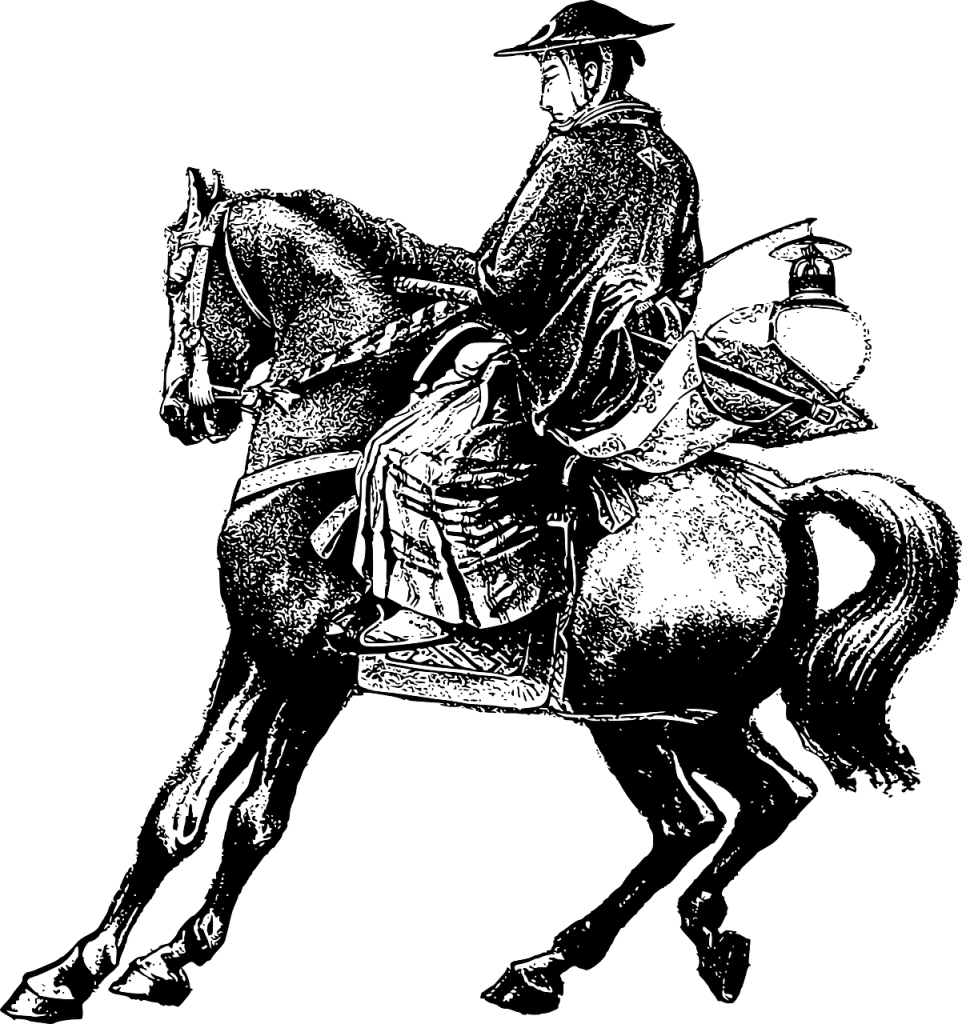
What Economic Factors Hastened Their Downfall?
This was only one part of the greater economic changes they were facing that contributed to their decline. The throes of change were upon them—the introduction of new agricultural techniques and the growth of industry over agriculture—leading to a decline in the value of Samurai land holdings and thus their income. These issues were simply more than the institution could handle.
By opening Japan to the world, new technologies also flooded in, which further highlighted the obsoleteness of the Samurai way. For example, the introduction of modern firearms made traditional samurai armor and swords redundant in warfare. This was demonstrated in the Boshin War of 1868-1869, where the shogun’s samurai forces, armed with swords and spears, were defeated by the sheer force of the imperial army’s modern guns and artillery.
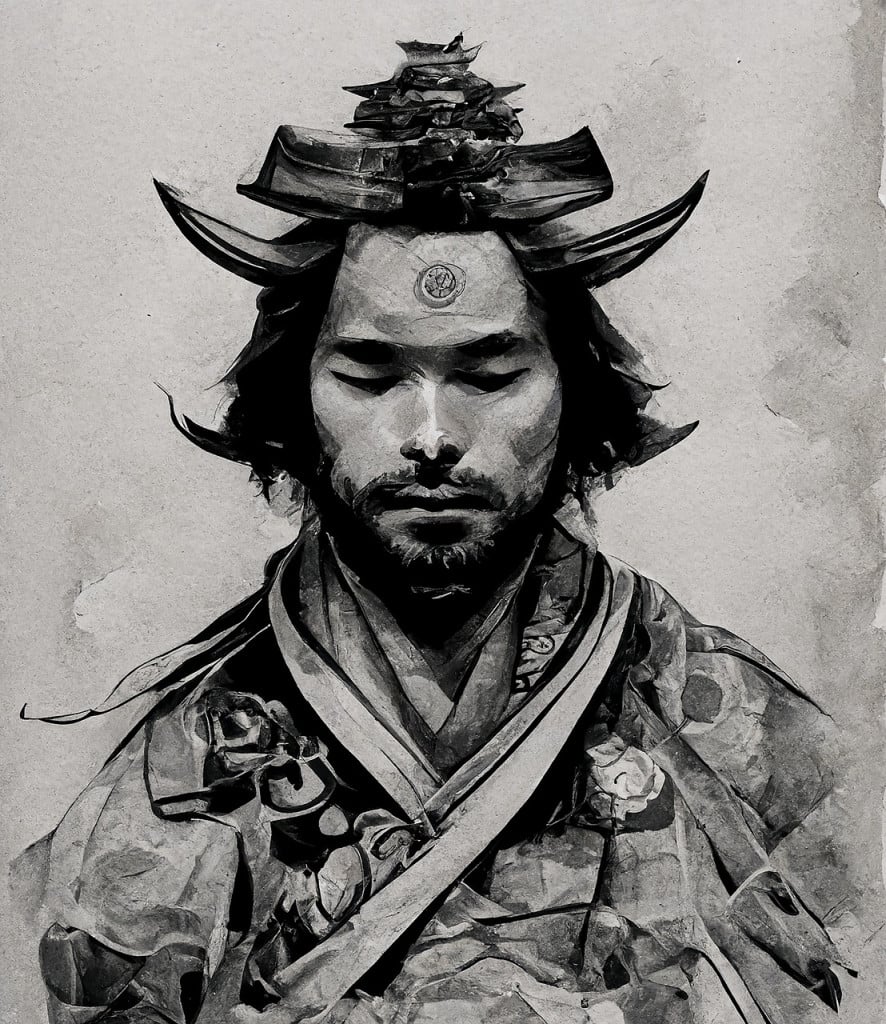
How Did The Samurai Respond To The Changes?
With the advent of modernity and industrialization to Japan, the focus of study and knowledge that the samurai society represented shifted towards one oriented towards a scientific, bureaucratic kind. Even in the sphere of martial arts prowess, the once prevalent system of hereditary positions and skills was abandoned for one where the individual’s own skill was prized, after the introduction of conscription in 1873.
The influence of the Samurai as the warrior class thus declined. With the loss of their political power, their role shifted from one of warriors to one of civil servants and professionals, among others (some chose a life of agriculture and commerce too). Martial arts were retained only as a hobby or sport by some.
Conclusion
The history of bushido, the code of conduct for samurai warriors, allows us to trace how the loyalties, and through those, the existence of the samurai class, fluctuated. The decline of the samurai class and increased Western influence in Japan during the late 19th and early 20th centuries led to the creation of a new version of bushido that emphasized loyalty to the emperor, nationalism, and militarism, which was further used to legitimize Japan’s imperial expansion and aggression towards other countries.

In the context of Japan’s defeat in World War II, this again shifted towards a more individualistic and peaceful interpretation, influenced by Japan’s new role as a democratic and pacifist nation in the post-war period. The samurai started being seen as models of discipline and morality, rather than fierce and determined warriors.
The role of the samurai in post-World War II Japan was primarily cultural and symbolic, and their legacy is now limited to an important part of Japanese identity and history, but not its future… at least not until anime came along!
References (click to expand)
- Allinson, J. C., & Anievas, A. (2010, October). The uneven and combined development of the Meiji Restoration: A passive revolutionary road to capitalist modernity. Capital & Class. SAGE Publications.
- MP Birt. (1985) The Transformation of the Sixteenth-Century Kanto.
- DA Coldren. (2014) "Literature of Bushidō: Loyalty, Honorable Death, and the ....


